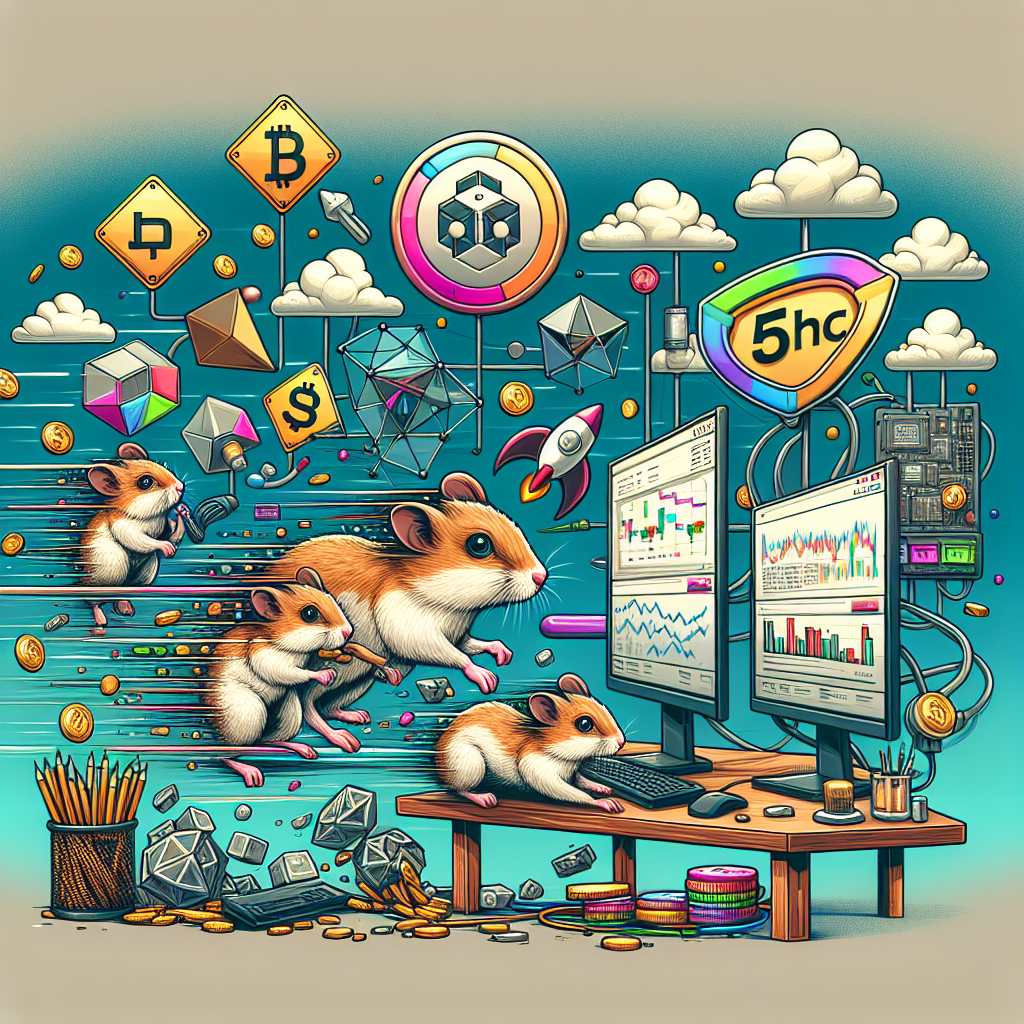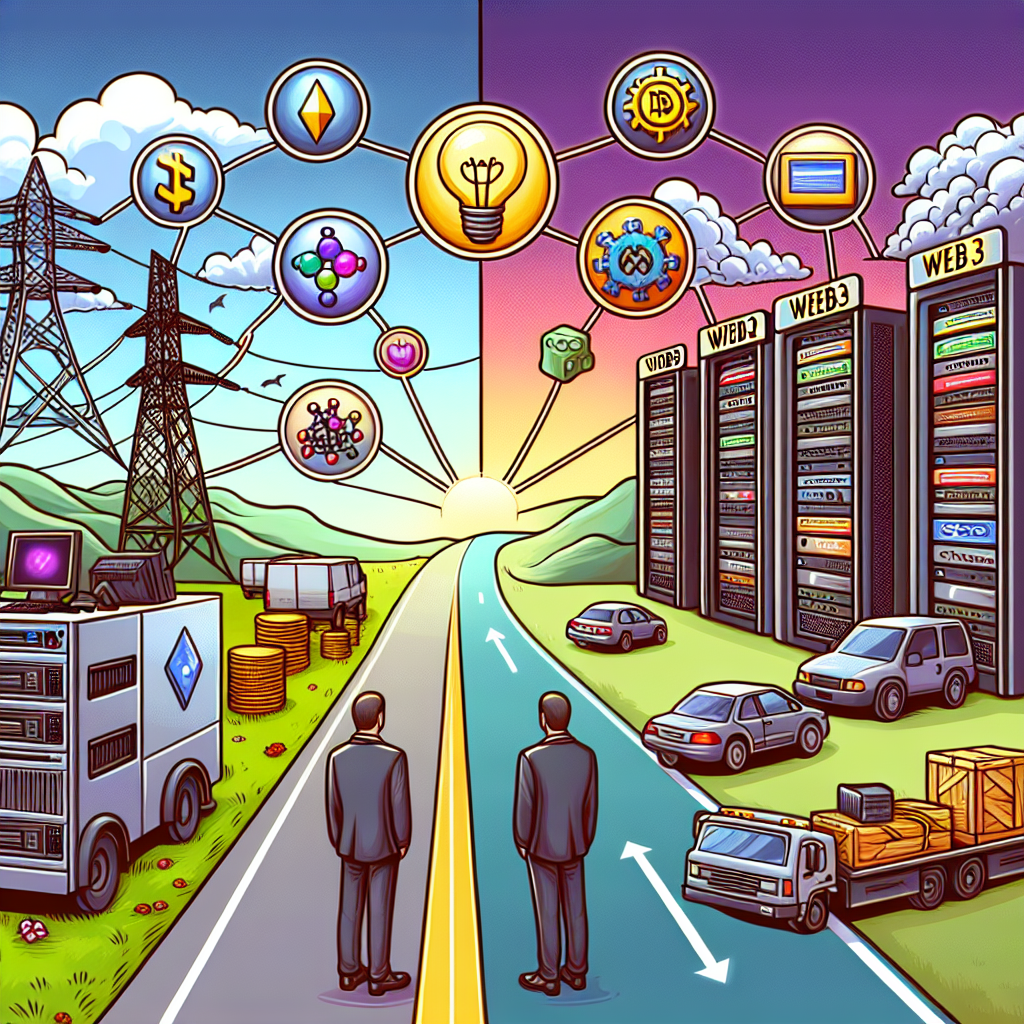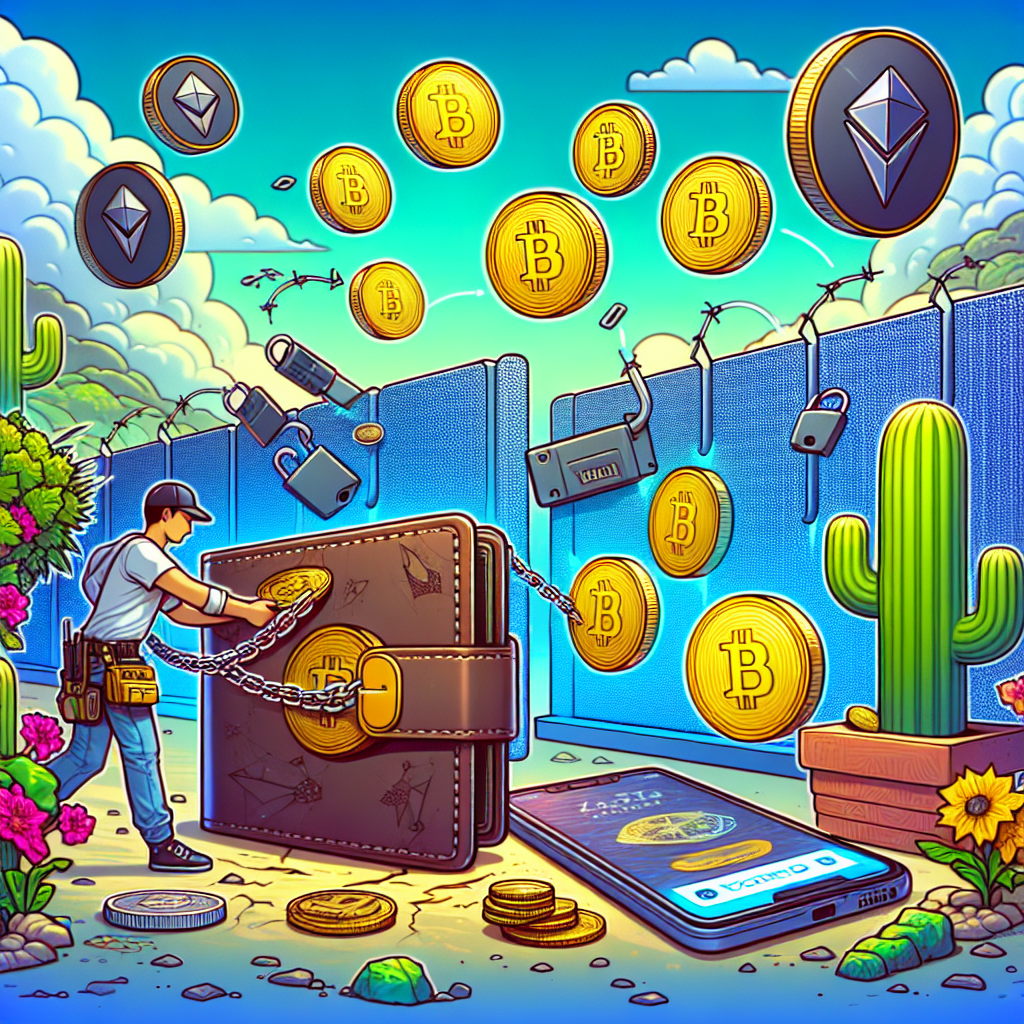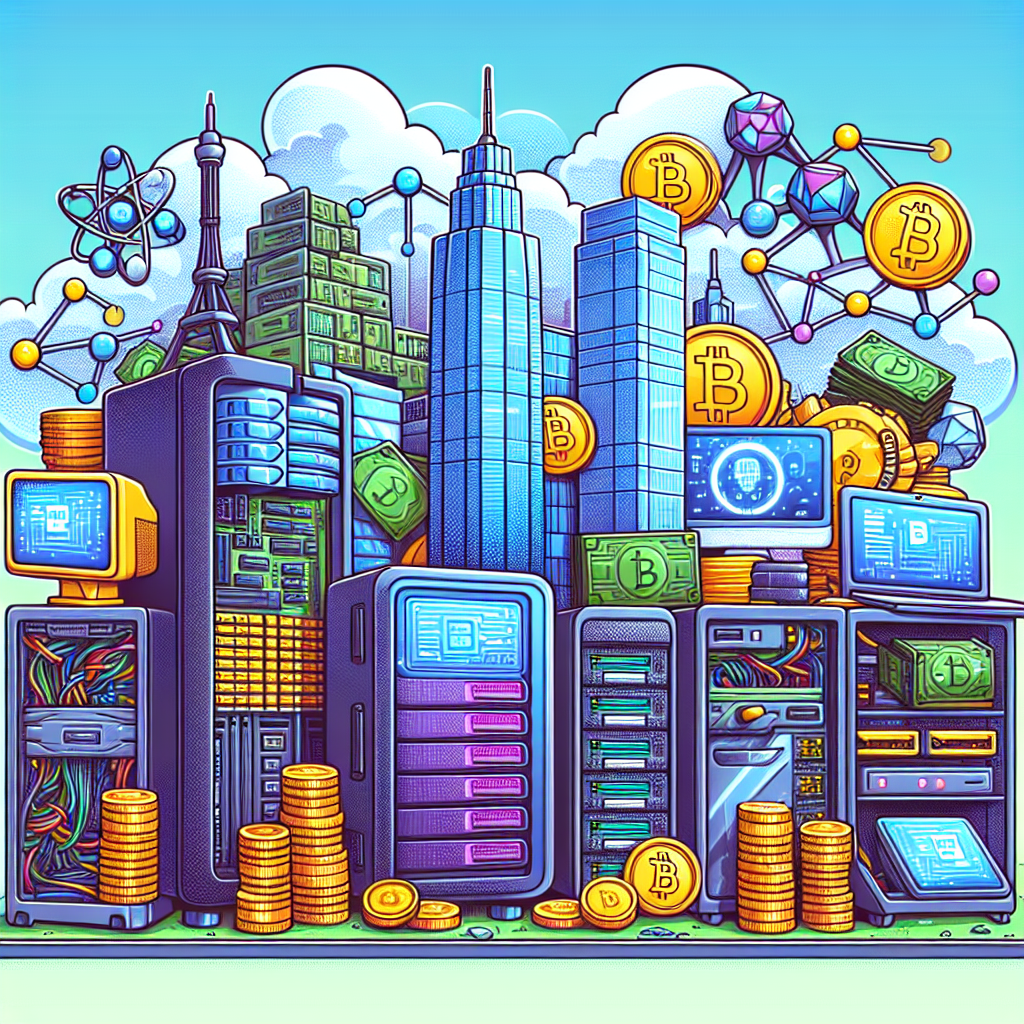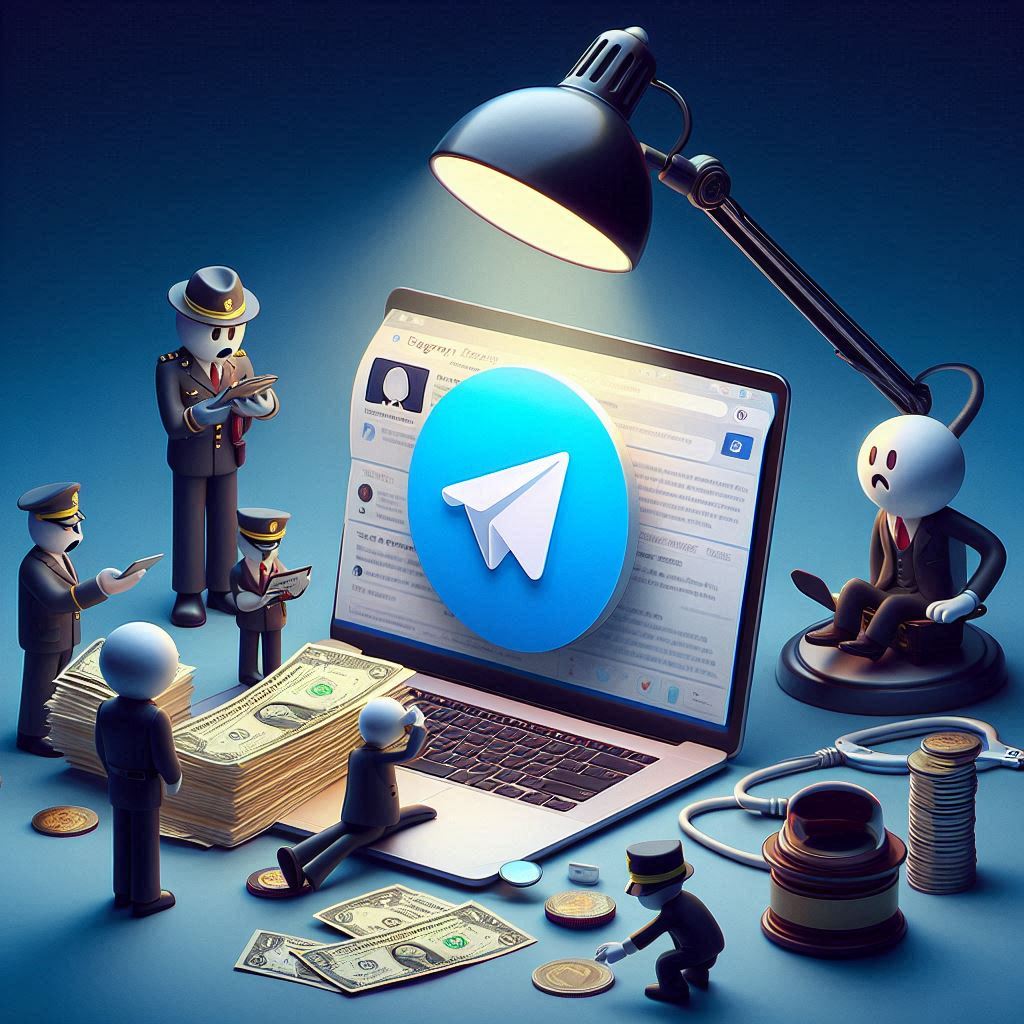5 min read
Blockchain technology, once primarily associated with cryptocurrencies like Bitcoin and Ethereum, has found its way into various sectors, revolutionizing traditional systems with its promise of decentralization and transparency. One such sector experiencing a significant transformation is the gaming industry. In the summer of 2024, blockchain gaming has emerged as a powerful force, capturing the imagination of gamers and developers alike. This article delves into the rise of blockchain gaming, its unique features, and its potential impact on the future of the gaming industry.
The Emergence of Blockchain Gaming
The gaming industry has always been at the forefront of technological innovation, from the early days of arcade games to the rise of online multiplayer experiences. However, the integration of blockchain technology into gaming represents a new paradigm shift. Blockchain gaming leverages decentralized networks to create games that are not only more secure and transparent but also offer players true ownership of in-game assets.
One of the key drivers behind the rise of blockchain gaming is the concept of non-fungible tokens (NFTs). NFTs are unique digital assets that can represent ownership of a specific item or piece of content. In the context of gaming, NFTs allow players to own, trade, and sell in-game items, characters, and even virtual land in a way that was previously impossible. This ownership is secured on the blockchain, ensuring that it cannot be duplicated or tampered with.
Related: Yellow Panther: A New Era of AI Agents in the Gaming and Crypto World
The Benefits of Blockchain Gaming
Blockchain gaming offers several distinct advantages over traditional gaming models. Firstly, it provides true ownership of in-game assets. In traditional games, items and characters are typically owned by the game developer, and players only have limited rights to use them. With blockchain gaming, players have complete ownership of their digital assets, which can be transferred or sold on various marketplaces.
Secondly, blockchain gaming introduces the concept of play-to-earn. In traditional games, players often spend countless hours grinding for in-game rewards with little to no real-world value. In contrast, blockchain games allow players to earn cryptocurrencies or NFTs that can be traded for real money. This play-to-earn model has the potential to create new economic opportunities, especially in regions with limited access to traditional employment.
Furthermore, blockchain gaming enhances security and transparency. By leveraging decentralized networks, these games are less susceptible to hacking and cheating. Every transaction and ownership transfer is recorded on the blockchain, providing a transparent and tamper-proof ledger of all in-game activities. This not only protects players’ investments but also fosters trust within the gaming community.
Notable Blockchain Games and Platforms
Related: FIFA Partners with Mythical Games to Launch FIFA Rivals: A New Era in Online Gaming
Several blockchain games and platforms have gained popularity in the summer of 2024, showcasing the potential of this emerging sector. One notable example is Axie Infinity, a blockchain-based game that allows players to collect, breed, and battle fantasy creatures known as Axies. The game has gained a massive following, with players earning significant income through breeding and trading Axies on the marketplace.
Another prominent platform is Decentraland, a virtual world built on the Ethereum blockchain. In Decentraland, players can buy, sell, and develop parcels of virtual land using the platform’s native cryptocurrency, MANA. This has led to the creation of a vibrant virtual real estate market, with some virtual properties selling for millions of dollars.
Additionally, The Sandbox is a decentralized gaming platform that allows players to create, own, and monetize their gaming experiences using blockchain technology. The platform’s voxel-based environment enables users to build and trade in-game assets, fostering a thriving creator economy.
Challenges and Future Prospects
While the rise of blockchain gaming is undoubtedly exciting, it is not without its challenges. One of the primary concerns is scalability. Blockchain networks, particularly those using proof-of-work consensus mechanisms, can struggle to handle the high volume of transactions required for large-scale gaming experiences. However, advancements in layer 2 solutions and alternative consensus mechanisms, such as proof-of-stake, are addressing these scalability issues.
Related: What the Future Holds: AI and Its Contributions to the Metaverse
Another challenge is the regulatory environment. As blockchain gaming often involves cryptocurrencies and NFTs, it falls under the purview of financial regulators in many jurisdictions. Ensuring compliance with these regulations while maintaining the decentralized nature of blockchain gaming is a delicate balancing act.
Despite these challenges, the future of blockchain gaming looks promising. The integration of blockchain technology has the potential to revolutionize the gaming industry, creating new economic opportunities, enhancing security, and providing players with true ownership of their digital assets. As developers continue to innovate and overcome technical hurdles, blockchain gaming is likely to become a mainstream phenomenon, shaping the future of interactive entertainment.
Conclusion
The summer of 2024 marks a pivotal moment in the evolution of the gaming industry, with blockchain gaming emerging as a transformative force. By leveraging decentralized networks and non-fungible tokens, blockchain games offer players unprecedented ownership, security, and economic opportunities. While challenges remain, the potential benefits of blockchain gaming are immense, promising to revolutionize the way we play, create, and interact in virtual worlds. As the industry continues to evolve, it is clear that blockchain gaming is not just a passing trend but a fundamental shift in the landscape of digital entertainment.
